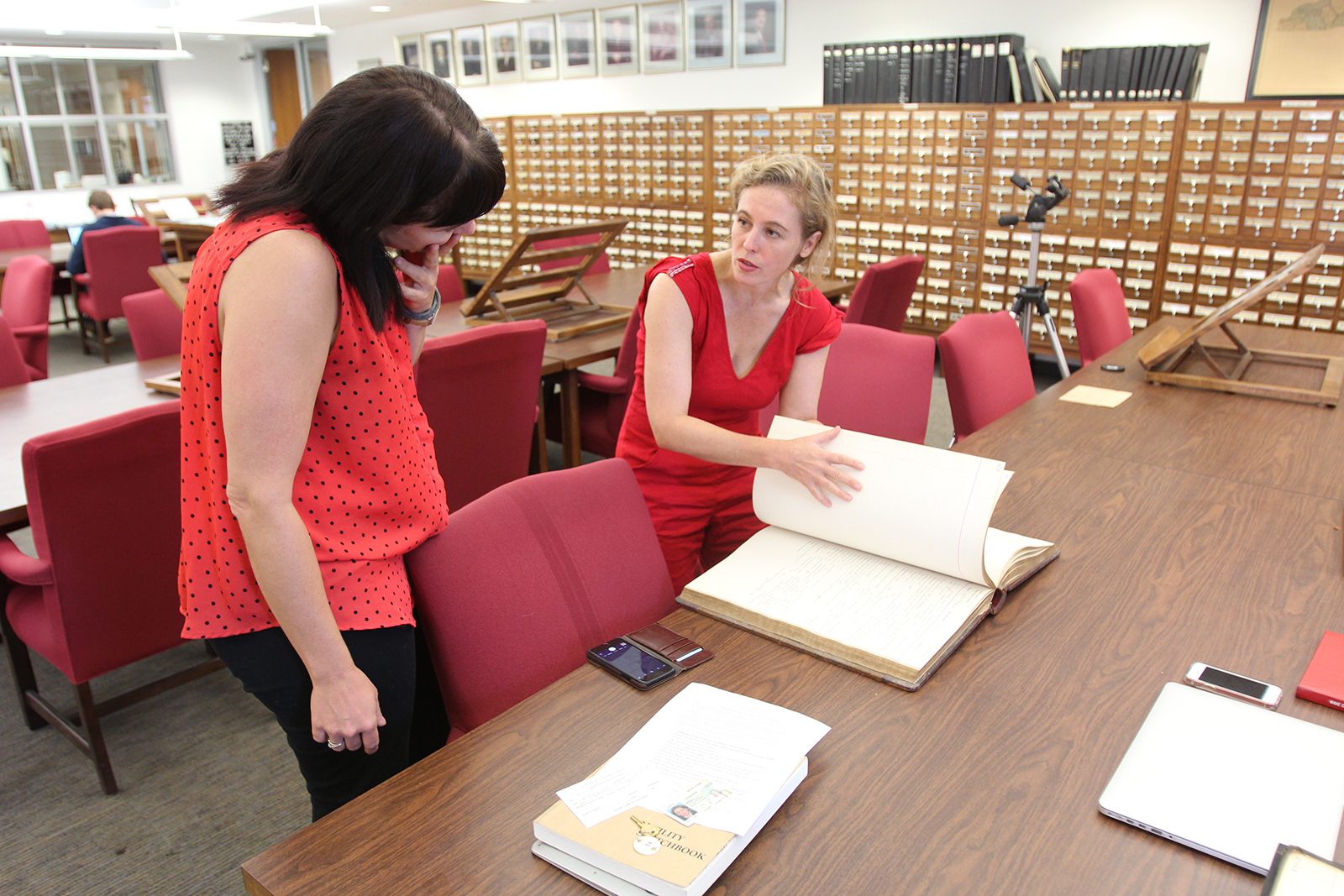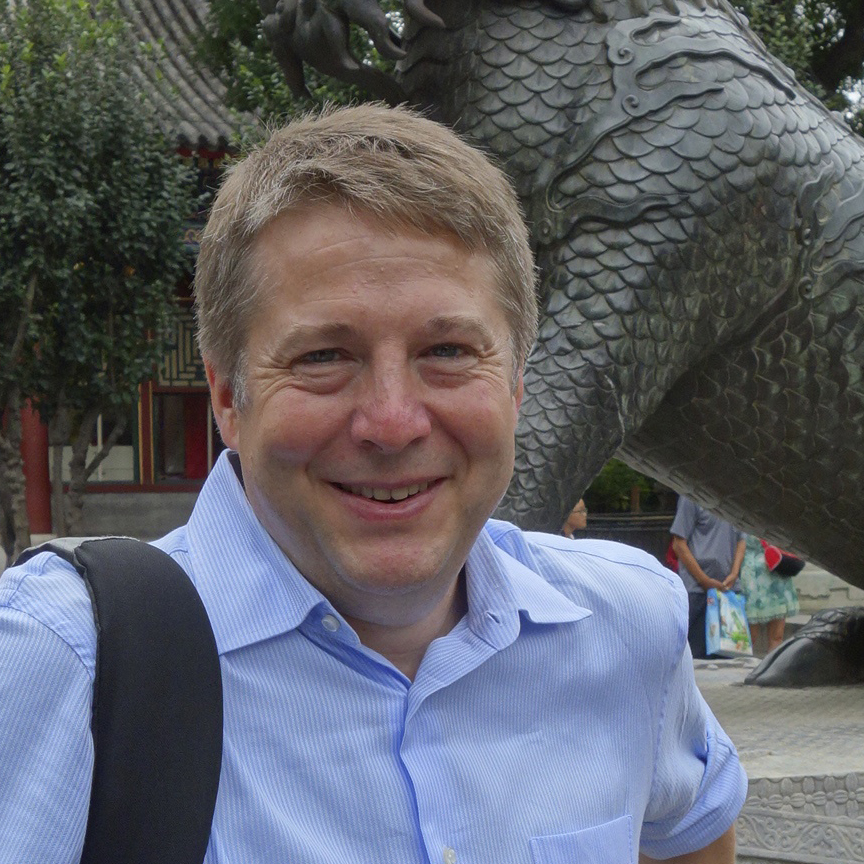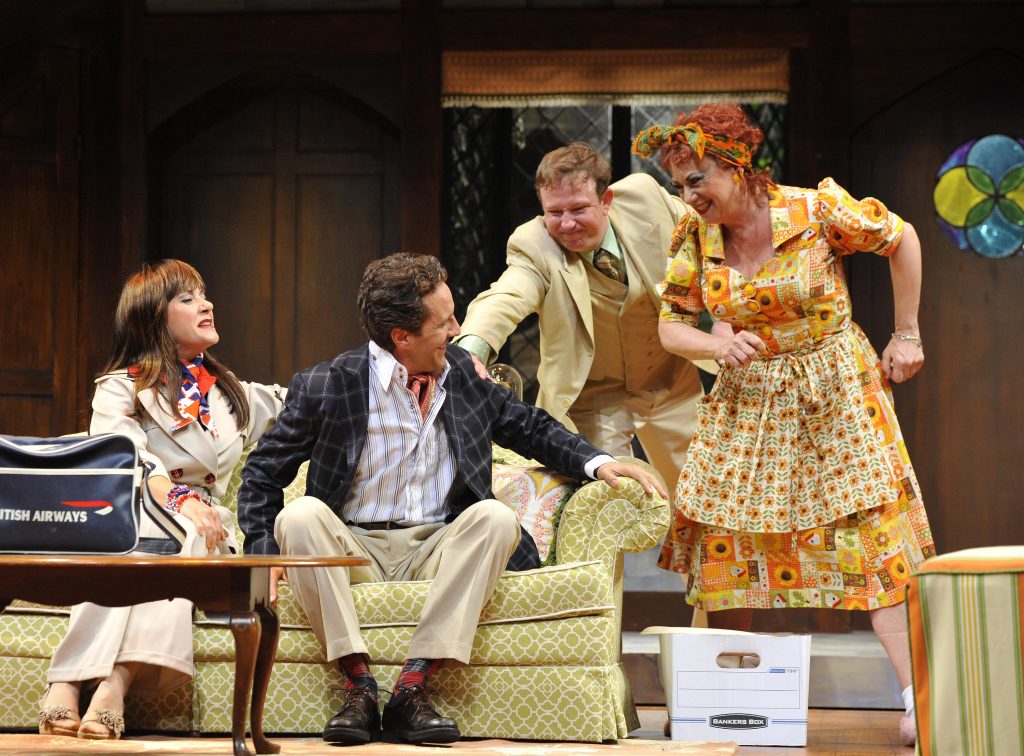
The idea came together over lunch in a Raleigh café on May 2, 2018. Kate Pearce (MCRP ’10), planning supervisor with the City of Raleigh, effected a virtual introduction between American Studies Professor Bobby Allen and Tift Merritt, Grammy-nominated singer-songwriter, to discuss their mutual interest in the transformation of the 308-acre site of Dorothea Dix Hospital into a “destination park.”
For nearly a year, Allen had been working with Pearce and the Dix Park Conservancy Board to recover the long and rich history of the site’s use as an insane asylum between 1856 and 2012. Merritt had recently moved back to Raleigh to take a break from 15 years of touring and recording and to raise her daughter in the city where she had grown up and where her parents still lived. She was fascinated to learn of the ambitious plans for the park and eager to get involved in public arts projects around it. Even before they met, Merritt invited Allen to her concert in Memorial Hall on the UNC-Chapel Hill campus. He already knew her music and her legacy as the American studies and creative writing major whose professional musical career began to soar while she was still a student.
“To me, this project is about finding a lyrical language in the historical records that place these stories into what is still happening right now with conversations about mental health illness and its stigma.” – Tift Merritt
Over salads at Capital Club 16, Allen shared some of the early patient records he and his team at the Community Histories Workshop (CHW) had discovered in the State Archives of North Carolina and talked about how the historical record of the site might be made part of the visitor experience when the park reopened in 3-5 years. Merritt mused about the role public arts and performance might play in drawing families to an iconic site of both trauma and healing.
Allen remembers that, in effect, he asked her, “What would you most like to do right now around the Dix Park project?” Without hesitation she said, “I want to write a song cycle grounded in the history of the hospital and the people who lived and worked here, and I want to perform it first on the Dix campus with a community choir.”

Allen’s immediate and visceral response was, “Of course that’s what you should do, and I think we might be able to help you.”
Allen took the idea of an affiliation of some kind with Merritt to his colleagues in CHW and to CURS associate director Todd Owen and director Bill Rohe (CURS is the administrative home of CHW). Everyone was enthusiastic. However, existing categories of university affiliation didn’t seem to fit very well for the relationship Allen and Merritt imagined her having with CHW. Allen suggested that she become CHW’s “performing artist-in-residence.” The appointment became official in September 2018 and will last for a year.
The position does not carry any detailed responsibilities or expectations on either side. Allen explains: “Our experience working with large scale public history and public humanities projects tells us that they don’t unfold in a predictable, linear fashion. By the same token, they are generative of multiple directions and benefit from lots of social interaction and serendipity.” Merritt also brings to the relationship a creative discipline and professionalism developed over 15 years in the commercial music industry. She also has extensive experience nurturing the seed of an idea into a fully realized work of musical art.
Long before the position was official, Merritt took advantage of opportunities to steep herself in the work of the Community Histories Workshop both at Dix Park and in Rocky Mount, where, under a National Archives grant and support from Capitol Broadcasting, CHW is engaged in an extensive public humanities initiative occasioned by the preservation and repurposing of Rocky Mount Mills, the second oldest cotton mill in the state. In June she spent two full days at Dix and Rocky Mount Mills with CHW faculty, students and staff in an immersive experience workshop, led by internationally renowned “escape room” designer Micah Kessel and installation and textile artist Annie Timmink.
She has become a member of the CHW team which is creating the first comprehensive patient database for a nineteenth-century American insane asylum, using hand-written records preserved at the State Archives of North Carolina. In early October, she joined Sarah Almond, Dix Park project coordinator, and Will Bosley, CHW technologist, in the State Archives reading room to continue researching and photographing patient records: the database currently has more than 7000 records of patients treated between 1856 and 1917. While there, they found a previously undiscovered ledger of nineteenth-century patient records.

Merritt is fascinated by the ability of CHW team members—including undergraduate students—to reconstruct the lives of men and women who were sent to the hospital, some of them staying there for decades, using both digitized primary sources and archival records. Allen discovered that the first female patient at the hospital in 1856 was a member of the Cameron Family—one of the most prominent and affluent families in North Carolina history, 33,000 of whose letters are held by UNC’s Southern Historical Collection. Merritt spent a day in September with the team reading and transcribing some of the hundreds of letters that were written from, to and about her. Armed now with University affiliation, Merritt has full access to the University’s library and archive holdings, including more than 3.7 million pages of local North Carolina newspapers online, enabling her to contribute new life histories to the project.

From her perch within CHW, Merritt reaches into the University community to revive old connections and make new ones. She has consulted with American Studies professor Bernie Herman about his ground-breaking work on “outsider art.” She stops on the second floor of Greenlaw to say hello to creative writer mentor (and fellow musical performer) Bland Simpson. She walks over to Wilson Library to share her plans with old friend Steven Weiss, curator at the Southern Folklife Collection. Allen put her together with acclaimed gospel singer Mary D. Williams, who is a student in UNC’s master in folklore program. It just so happens that Williams is working with Allen on an independent study to create a musical and spoken word performance based on African American musical culture in Rocky Mount, which she hopes to debut in the spring.
“Tift’s creative practice is a perfect fit for CHW,” Allen says. “She is nothing if not social. She has a natural ability to make connections among all kinds of people, especially artists and performers, and she goes out of her way to make new connections. She has a deep appreciation for historical scholarship. She values collaboration. She is deeply curious. She has great ideas. She brings incredible energy and passion to everything she does.”
Editor’s Note: Tift Merritt will receive the University’s Distinguished Alumna Award at University Day on October 12, 2018. The New Yorker has called Tift Merritt “the bearer of a proud tradition of distaff country soul that reaches back to artists like Dusty Springfield and Bobbie Gentry.” Merritt has found acclaim coming not just from critics and awards organizations but her own heroes, like Emmylou Harris, who marveled that Merritt “stood out like a diamond in a coal patch.” “Bramble Rose,” the song from her eponymous debut, was covered by Don Henley (feat. Mick Jagger and Miranda Lambert) on his critically acclaimed solo album Cass County. Merritt is North Carolina native who wanted to be a writer until her father taught her guitar chords and Percy Sledge songs. Since starting a band while a creative writing student at UNC, Merritt has released a unique, critically acclaimed body of work. In her nearly 20-year career, she has toured around the world, performed with the NY Philharmonic, and shared the stage with bands as varied as Iron & Wine and Nick Lowe and Jason Isbell. Merritt has also recorded with classical pianist Simone Dinnerstein and played harmonic foil and rhythm guitar for Andrew Bird in his old-time band The Hands of Glory. Most recently, Merritt has been a regular contributor to the Oxford American, chronicling her travels with her young daughter Jean.
By Andy Berner, Center for Urban and Regional Studies (CURS)




